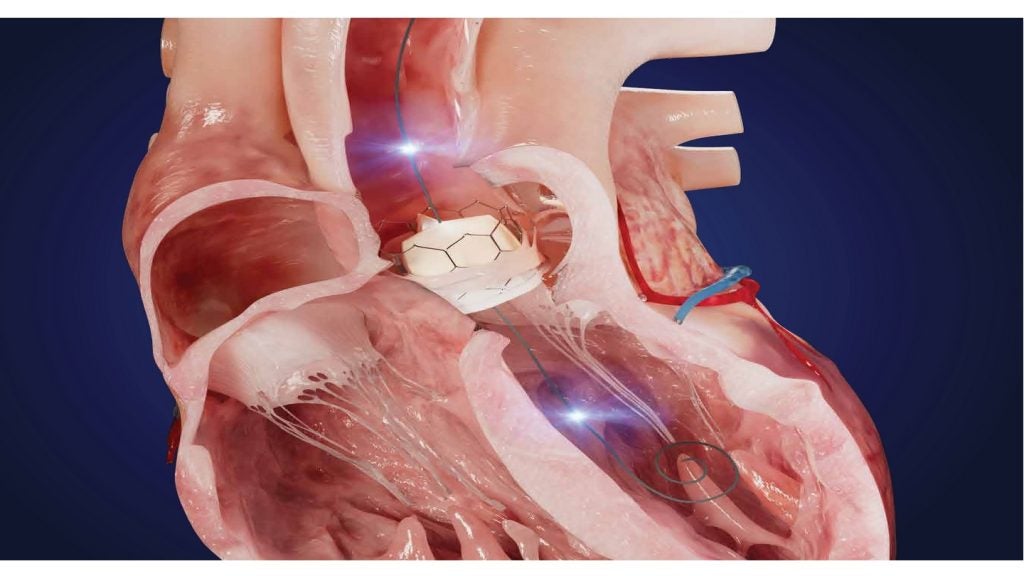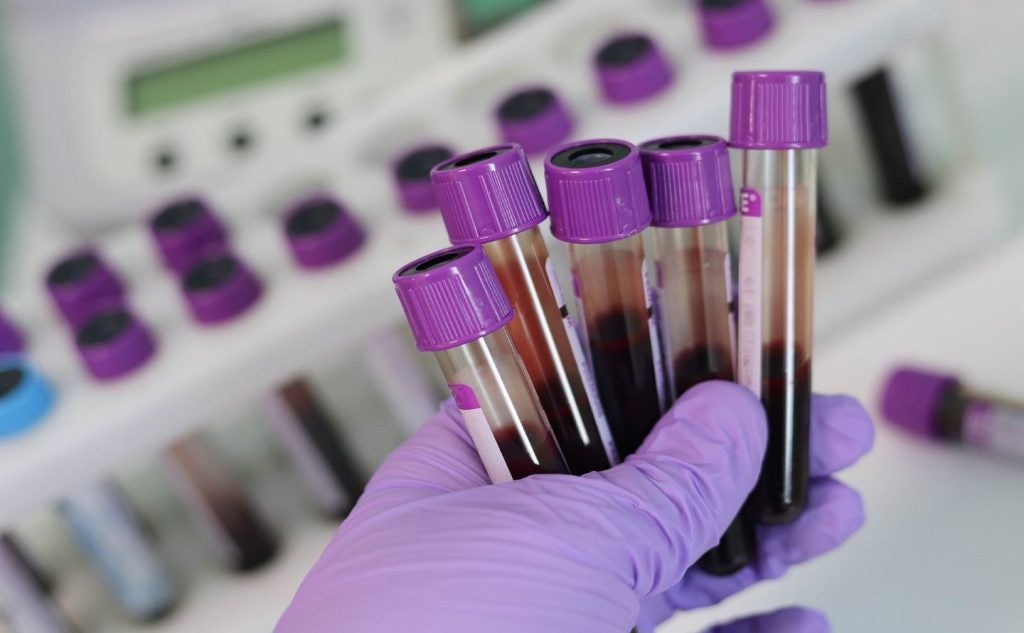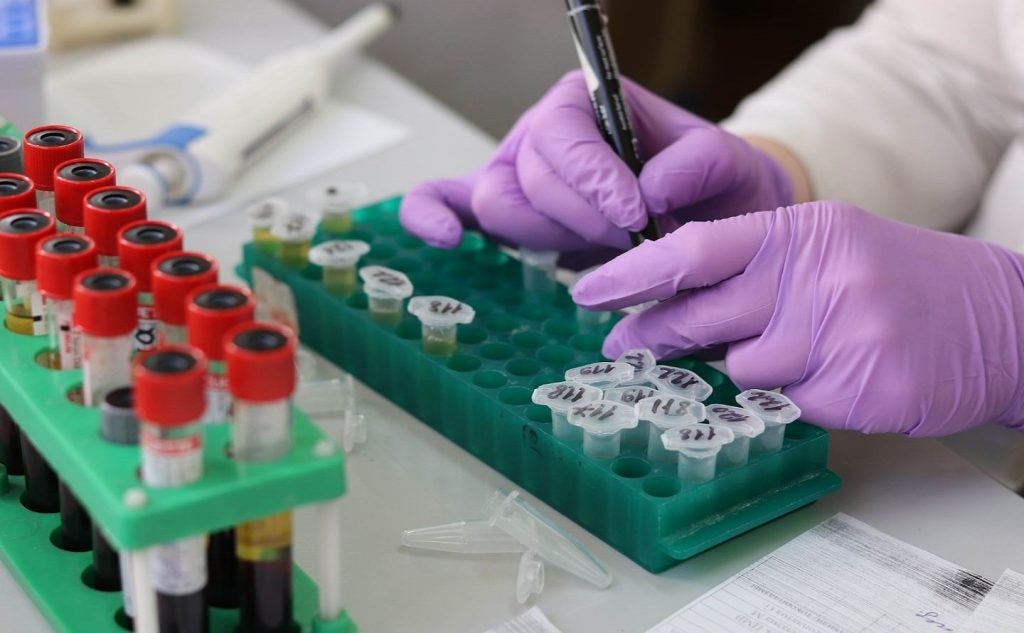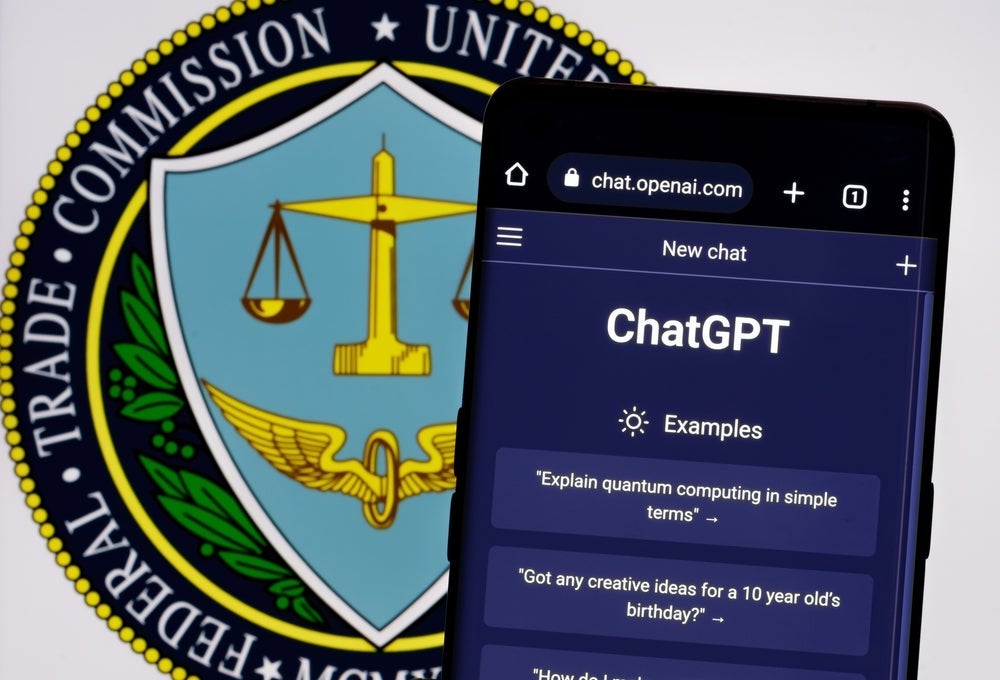US-based Xenter has unveiled a new dual-sensor investigational guidewire for use during transcatheter aortic valve replacement (TAVR) procedures.
Claimed to be the first of its kind, the wireless guidewire assists in gathering a wide range of key real-time data points to serve as aortic regurgitation measurement (xAR) and a clinical decision support tool, improving para-valvular leak (PVL) prediction during TAVR.
The functionality of this guidewire enables the comprehensive collection and analysis of data. It also helps to provide the required data for new artificial intelligence (AI) decision-making tools.
The aim of this guidewire is to enhance clinical decision-making by providing more information, thereby enhancing patient results.
Furthermore, the guidewire is intended for seamless operation within the Cardiac Catheterisation Lab's wireless ecosystem, enhancing real-time data and analysis accessibility.
Xenter chairman and CEO Rich Linder established the company intending to transform the gathering of physical intelligence (PI) data into actionable insights.
“We built Xenter to enable AI tools to be utilised with ease and accuracy using new smart/wireless medical devices that transmit real-time PI data," Linder explained.
“Xenter is pioneering 'smart' medical devices and a wireless ecosystem that eliminates the capital equipment and mobile carts that clutter hospitals throughout the world.
“Xenter is launching the XMD cloud that interfaces with hospital EHRs and enables AI-driven Clinical Decision Support Tools derived from real-time PI data.”
Based in Salt Lake City, Utah, Xenter is involved in the development of new wireless medical device technologies that offer real-time PI data.
















